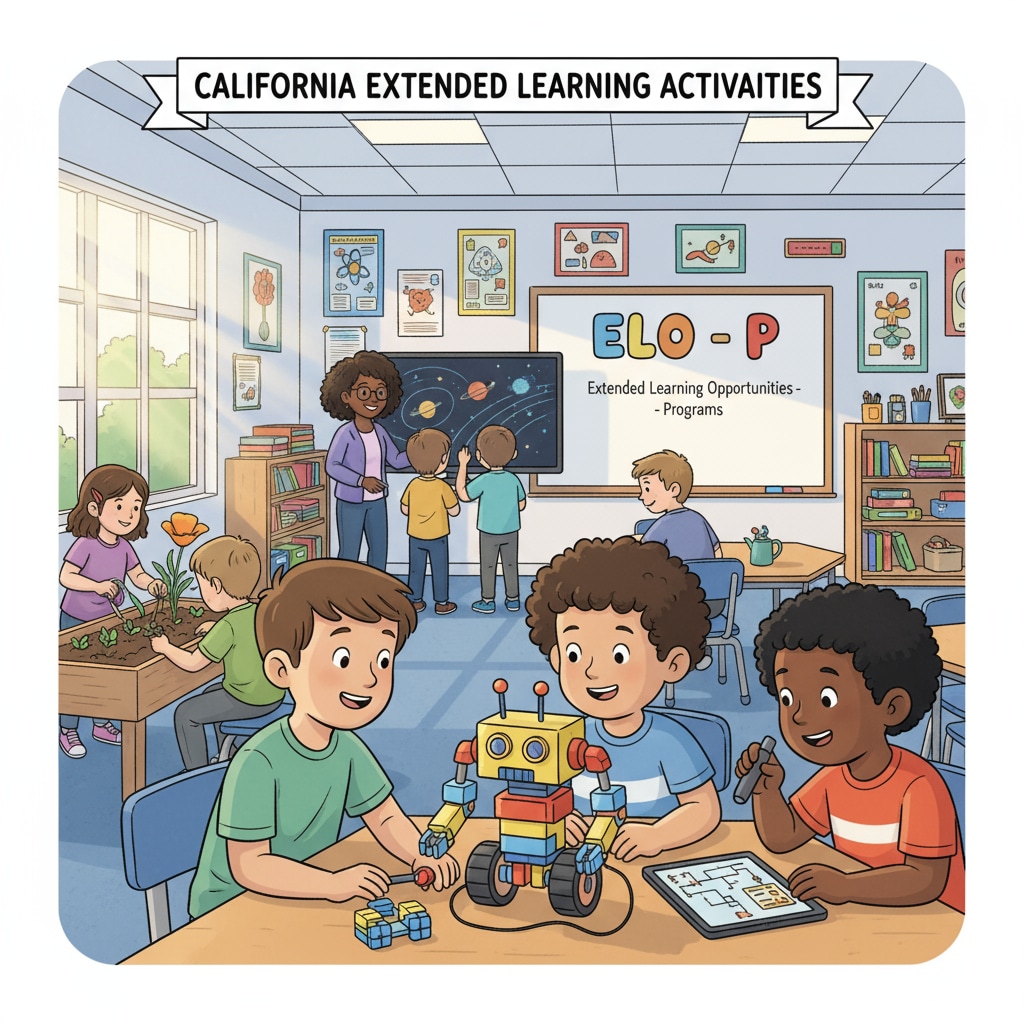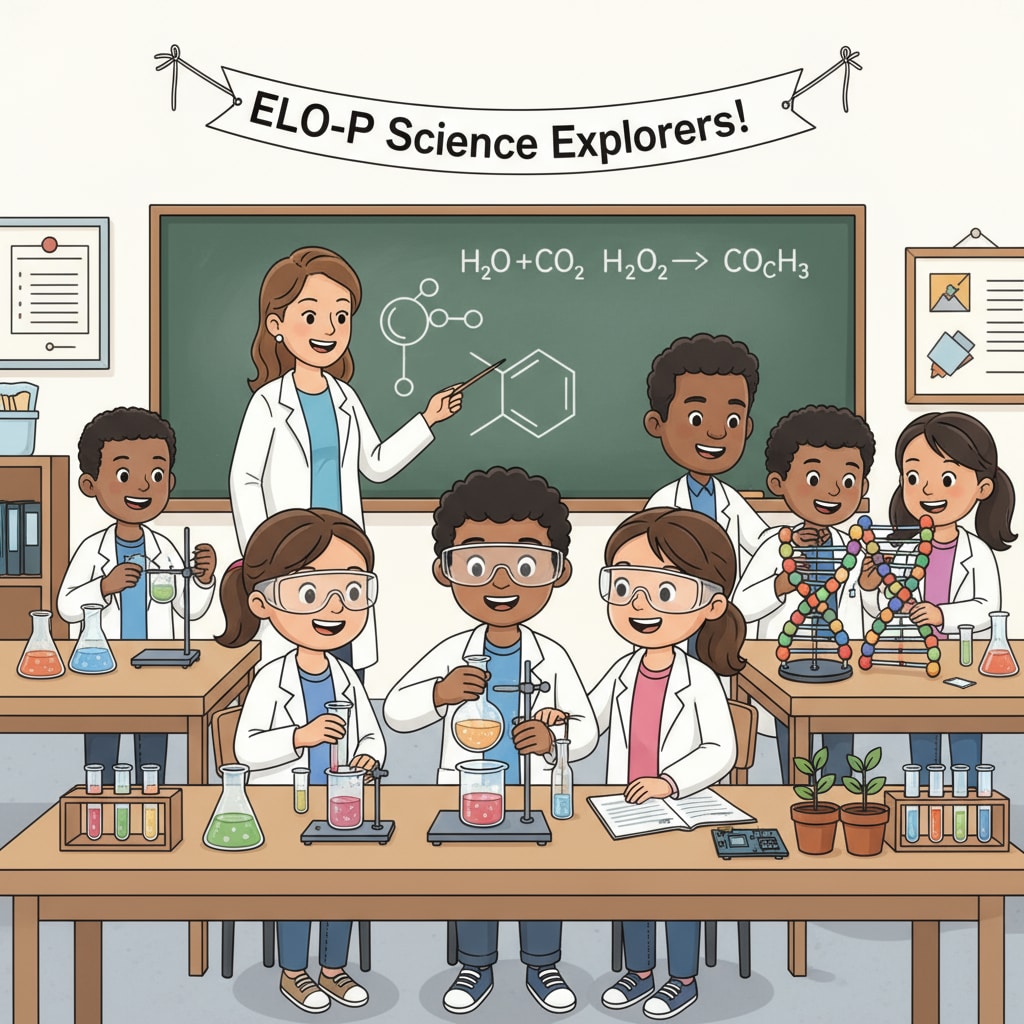Educational funds play a crucial role in driving initiatives like the Extended Learning Opportunity Program (ELO-P) in California, which aims to provide students with enhanced extended learning experiences. The ELO-P has been a significant step in the state’s educational landscape, but evaluating its effectiveness is key to ensuring it truly meets students’ needs.

The Objectives and Significance of ELO-P
The ELO-P in California was established with the noble goal of promoting educational equity across K-12 schools. It aims to bridge the learning gaps among students from different socioeconomic backgrounds. By providing additional learning opportunities, such as after-school programs, summer learning sessions, and extended school days, the program hopes to level the playing field. For example, students from disadvantaged families may not have access to extra learning resources at home, and ELO-P fills this gap. As a result, it has the potential to significantly improve students’ overall academic performance and future prospects. California Department of Education’s ELO-P official page
Implementation Status of ELO-P
Since its implementation, the ELO-P has seen varying degrees of success across different regions in California. Some schools have effectively utilized the educational funds allocated to the program to offer a wide range of engaging extended learning activities. These include science experiments, art workshops, and language immersion programs. However, there are also challenges. In some areas, the funds may not be sufficient to cover all aspects of the extended learning programs, leading to limited offerings. Additionally, ensuring consistent quality across all participating schools has proven to be a hurdle. RAND research on ELO-P implementation

To enhance the effectiveness of the ELO-P, it is essential to optimize the use of educational funds. This could involve more targeted funding distribution based on the specific needs of each school district. For example, areas with a higher concentration of disadvantaged students may require more resources. Moreover, continuous professional development for teachers involved in ELO-P can improve the quality of the extended learning experiences provided. By doing so, the ELO-P can better achieve its goals of promoting educational equity and improving learning outcomes.
Readability guidance: The article uses short paragraphs to clearly present ideas. Each section focuses on key aspects of the ELO-P, from its objectives to implementation and improvement strategies. Transition words like “however” and “moreover” are used to enhance the flow of the text.


